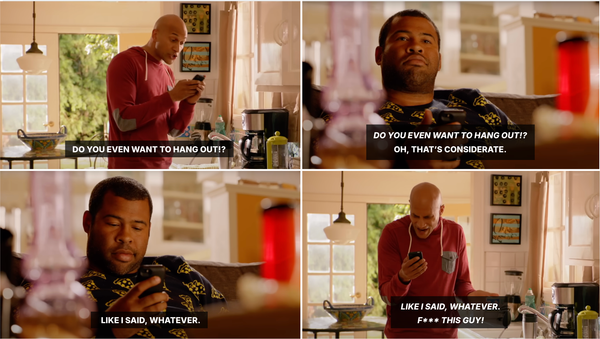When the Email Should Actually Be a Meeting
The most effective teams don’t lean too hard on just one channel but rather pick the right medium for the message.

Emails, meetings, team chats, video calls, texts, Slacks, voice memos, pings, the good ole fashioned phone call – we are absolutely drowning in communication options.
But just like marketing, not every channel works for every message - the most effective teams don’t lean too hard on just one channel but rather pick the right medium for the message.
It can be tempting to want to overengineer this - if you’re making a decision tree for when to have a meeting, you’ve gone TOO far.
Before making a $2M decision in a text or blocking 45 minutes to talk about the banner ad, consider what you’re actually trying to accomplish.
Filter your medium based on your needs - and don’t forget to keep project related updates in team channels and distros.
*When we say chat, we mean anything informal - Teams chat, Slack thread, etc.
Note the lack of status meetings here!
Make it better today
The most effective teams don't trip and fall into good communication patterns – they design them intentionally by building the right organizational capabilities.
- Shared workspaces and collaborative platforms that support team integration
- Proper project management and planning processes with known escalation paths if and when communication isn't working effectively
- Appropriate communication modeling at leadership levels that builds trust through transparency, competence development, and psychological safety
Make it last tomorrow
Long-term communication effectiveness requires ongoing attention to how communication serves team objectives and willingness to adjust approaches when they're not working.
- Observe without judgment. What methods dominate your interactions? When do you see communication breakdowns or inefficiencies? What underlying issues might these patterns reveal? Use a calendar audit to get a clear picture of how you spend your time.
- Experiment with more intentional communication choices. When you find yourself defaulting to a familiar method, pause and consider whether it's truly the best fit for the situation — ideally as a team. Co-create alternative approaches and establish rituals that work for the full group.
- Technology as an Enabler, Not a Solution: While communication tools can facilitate better interaction, they don't solve underlying organizational problems.
Remember that communication is a means to an end, not an end in itself. The goal isn't to find one perfect communication platform, but to build teams that communicate effectively regardless of the medium. With practice, the right communication patterns will become second nature.




